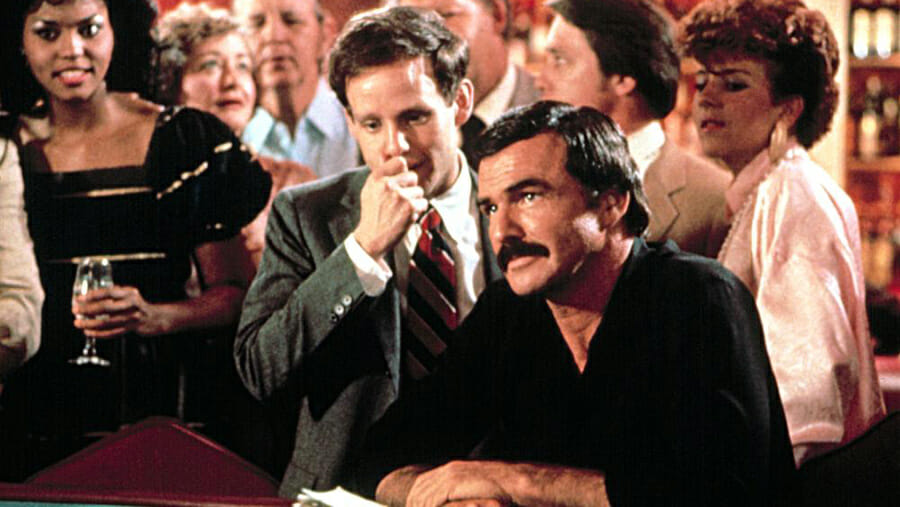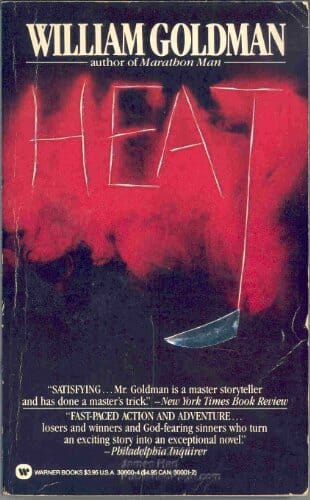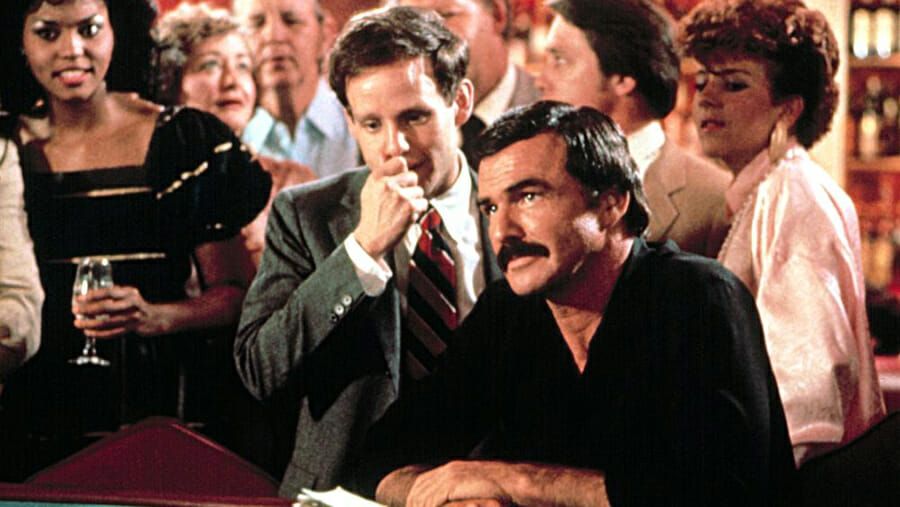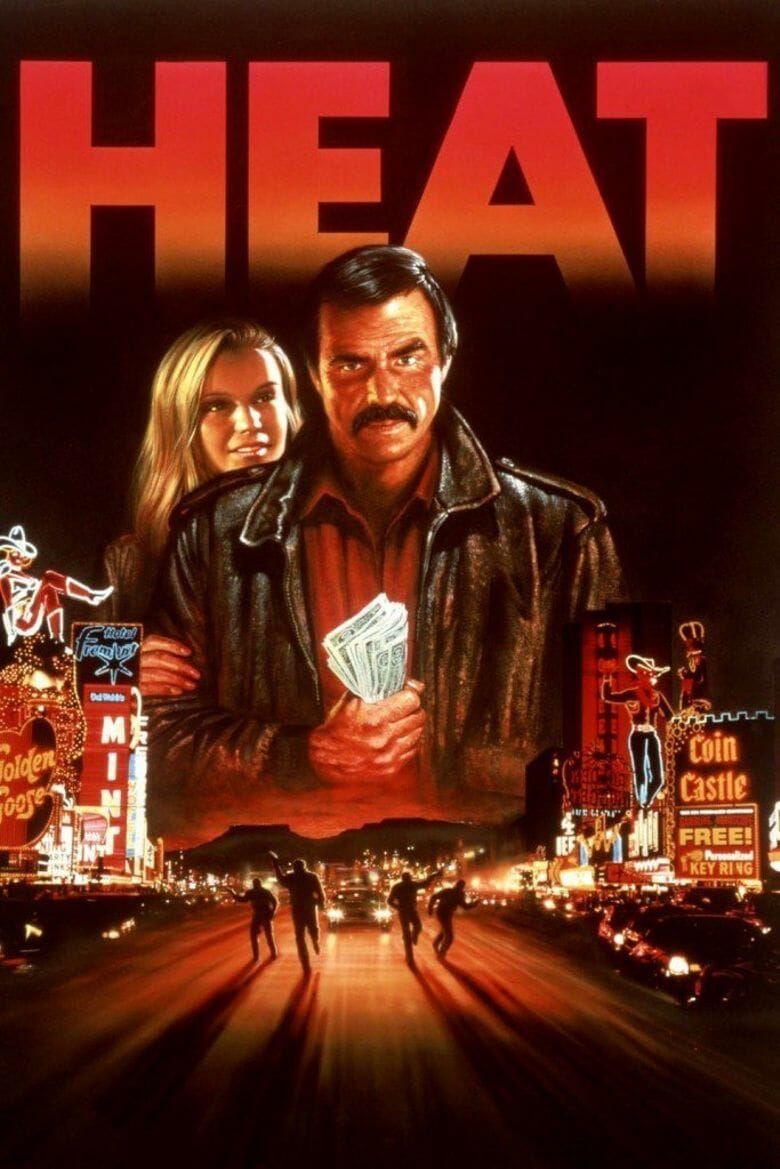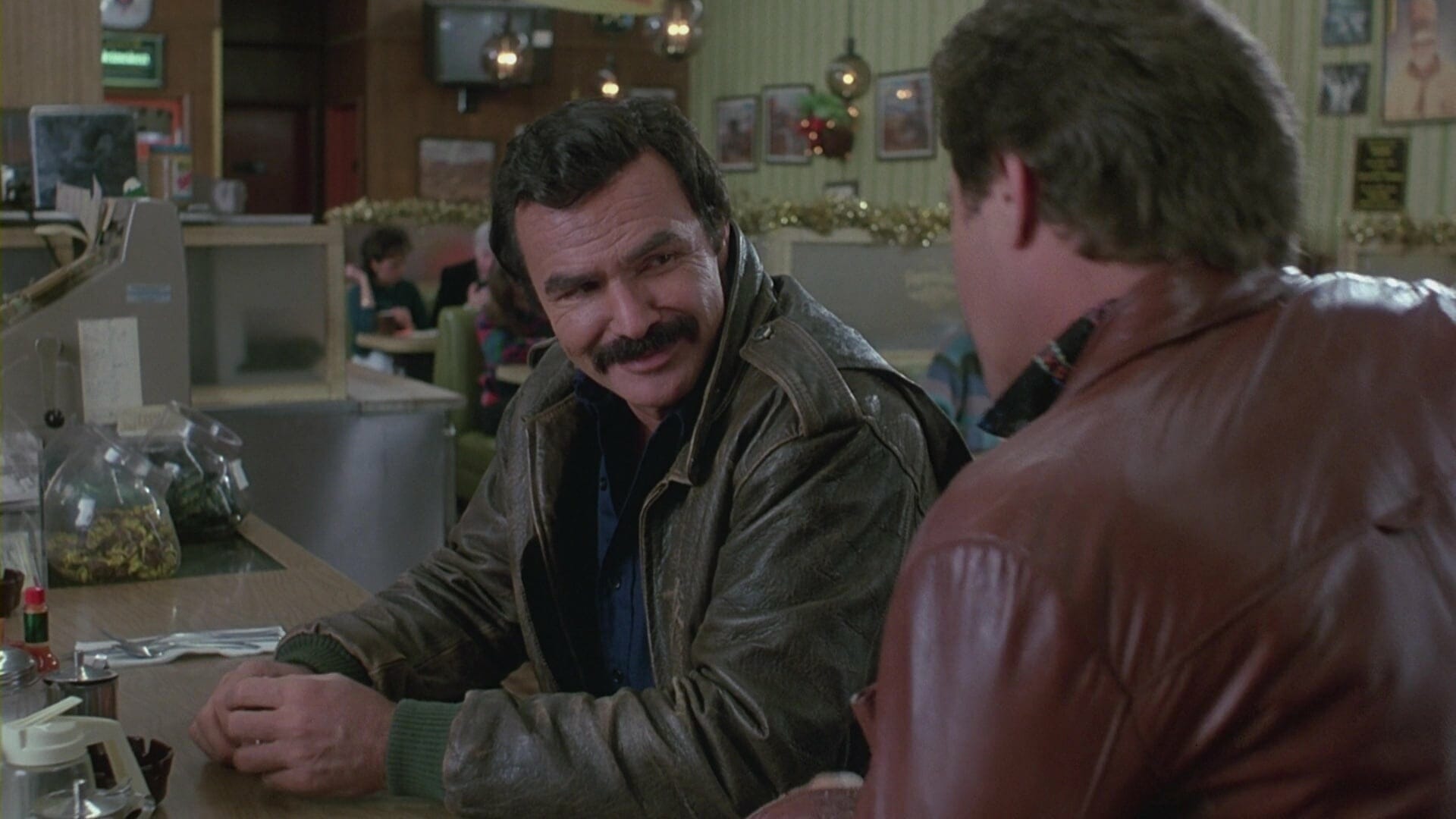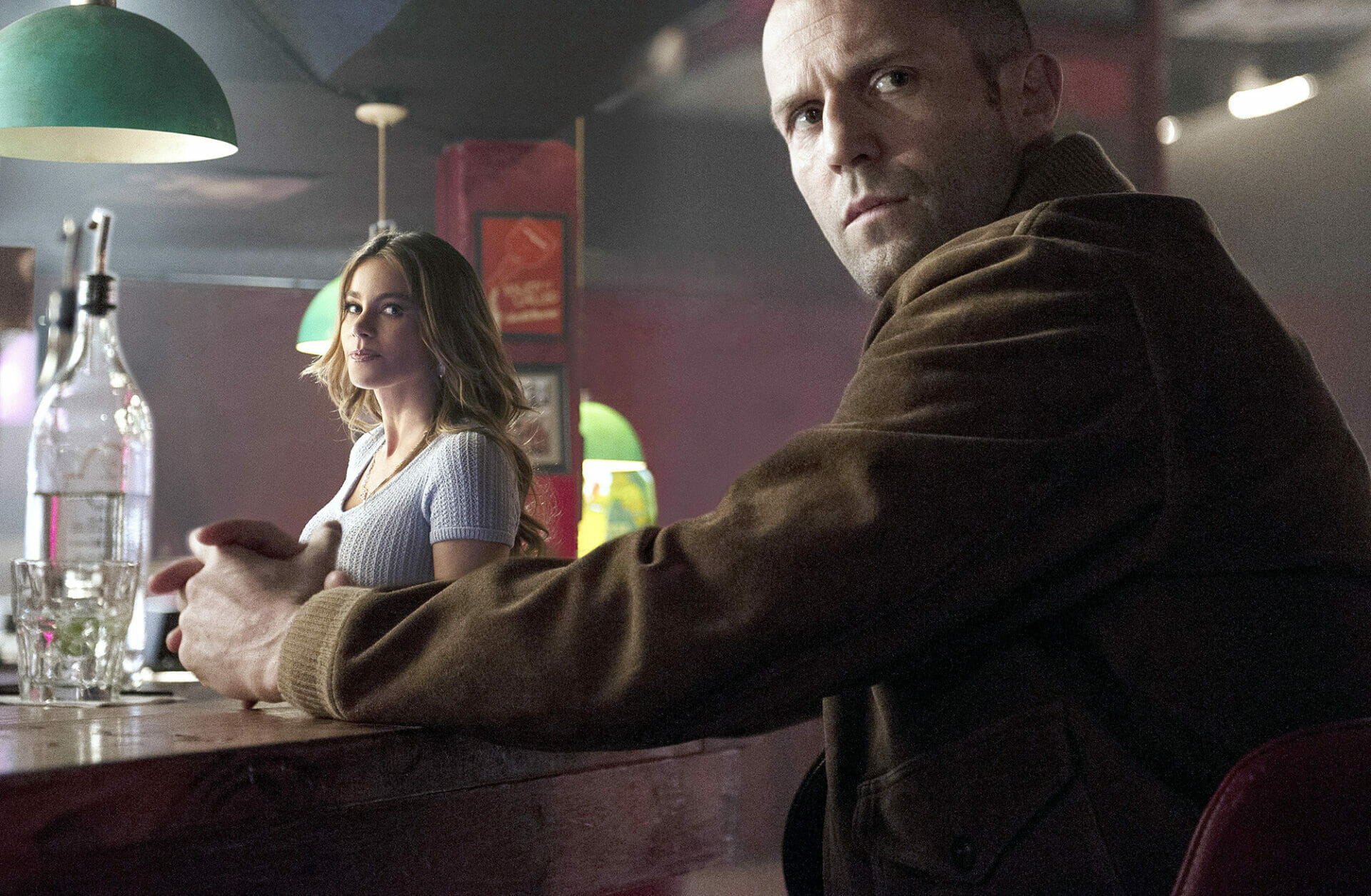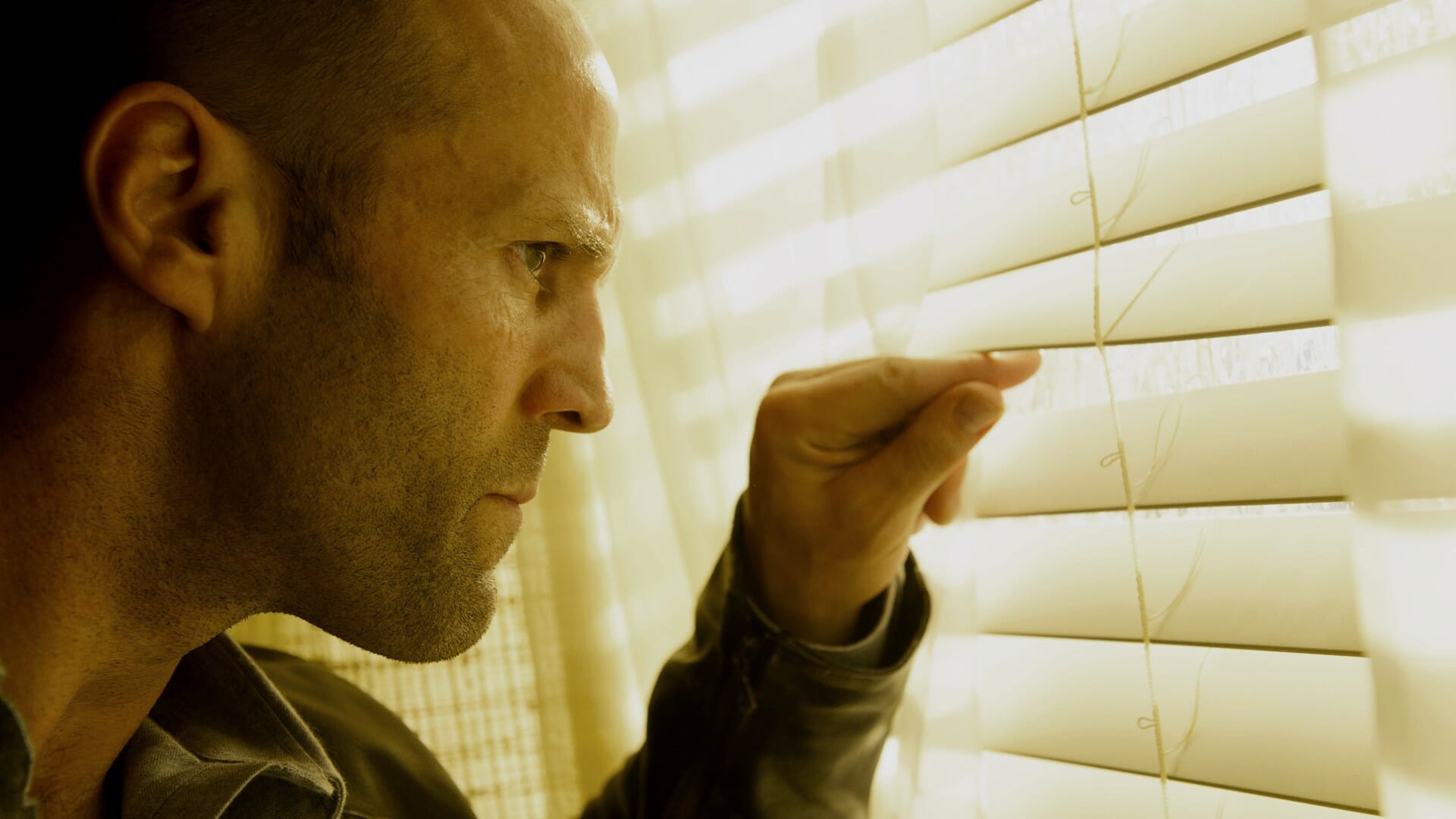In 1985, famed screenwriter and novelist William Goldman released his novel Heat, introducing the world to Nick Escalante, Nevada’s only freelance chaperone and possibly the number one deadliest master of various “edged weapons” in the world (some trivia: when the book was published in the UK, it was under the title Edged Weapons). Nick is in many ways a typical badass mercenary character with a knack for getting into dangerous and violent situations, but Goldman gives him a characteristic wit that makes him seem less like a killing machine and more like a guy who’s just wearily trying to make it through his day-to-day life. He lives, works, and gambles in Las Vegas but dreams of world travel, and his singular focus in thought if not deed is to accumulate the $100,000 he says he needs for five good years traveling the globe with no strings, no attachments, and no obligations. Think he’ll make it?
Heat has been brought to the screen twice, once in 1986 starring Burt Reynolds and again in 2015 with Jason Statham. Both versions follow the book rather closely, perhaps inevitable given Goldman’s position as sole screenwriter, and both have their own strengths and weaknesses but can now be seen as the underrated crime-action gems they both are.
One thing to keep in mind about Heat is that Nick is also an atypical action hero for another reason: his compulsive gambling. This is not immediately evident in any of the different versions of Heat, but becomes heart-stoppingly clear in what is the central set-piece of all three, despite the fact that there are no edged weapons in sight — Nick decides to put some of the money he earned on a recent job to use at the blackjack table, only to hit an incredible run of luck during which he earns not just his $100,000 but double that, then in a heady rush that Goldman describes perfectly on the page he continues to push his luck until he loses everything. The way Goldman is able to take you inside this character’s head as he decides to gamble away more than double the money he’s been trying for years to save up so he can get out of Las Vegas is scarily plausible, and the way this sequence is written makes it mandatory for any screen version even though it’s not the type of thing you normally see in an action movie starring Burt Reynolds or Jason Statham — it’s easy to imagine general audiences being more upset by the idea of their protagonist losing six figures at the blackjack table than any of the myriad acts of violence that come before and after this sequence.
Nick doesn’t spend most of the book gambling away fortunes because he’s too busy chaperoning. As a novel, Heat is structured somewhat unusually in that Nick has to deal with three different clients and three different “cases” (for lack of a better word) that don’t quite converge in the way they might in a conventional thriller. This gives the book an episodic feel that isn’t necessarily suited to a traditional three-act screenplay, but does serve to give the film adaptations another unusual touch.
All three versions of Nick’s rough few days trying to make it out of Las Vegas open the same way. Our ostensible hero is seen behaving anything but heroically, pestering a woman in a bar for attention. As it turns out, all is not as it seems, but the sequence serves as sort of a de facto 007-style cold open as we see our man in action before the main narrative has begun. The story’s willingness to let the audience believe Nick is a boorish jackass is typical of Goldman’s cynical sense of humor, and seeing both Burt Reynolds and Jason Statham try their hands at what’s essentially the same scene in both movies is an interesting study in different acting styles and different approaches to character — a dynamic that holds throughout both screen versions of Heat.
The first screen version of Heat was a notoriously troubled production that Goldman himself referred to as “one of [his] six major disasters” in his book Which Lie Did I Tell?: More Adventures in the Screen Trade. The film burned through a total of six directors on its way to the screen, starting with none other than Robert Altman! The end result is a little rough around the edges but never less than charmingly so, and really comes to life in the action climax only hinted at in the book and which has Burt/Nick picking off bad guys with everything but the kitchen sink (or a gun), almost like a slasher movie.
The 2015 version of Heat has both a new title and a new Nick. It’s called Wild Card now, and stars Statham as the British Nick Wild (get it?) in lieu of the Mexican-American Nick Escalante (technically both an act of cinematic whitewashing and a correction of the unfortunate racial implications of Reynolds in the role). The plot, as in the first film, does away with the kidnapping-for-ransom angle altogether and focuses just on Nick’s helping his friend get revenge on a violent crime lord, who in turn seeks revenge on him, as well as his being hired as a bodyguard and mentor by a young and wealthy tech entrepreneur. This makes it, in effect, more of a remake of Heat than merely a second adaptation of Goldman’s novel.
Wild Card is, as you can imagine, quite a departure for Statham, who was reportedly the main creative force in getting Goldman’s novel brought to the screen a second time. It’s easy to see the appeal of this material for Statham, who gets to deliver actual witty dialogue and banter in between his fight scenes, which are, incidentally, choreographed by Corey Yuen and quite good, albeit probably not frequent enough to satisfy a big portion of Statham’s audience, which might be one reason why the film was such a box office disappointment.
Wild Card is directed by Simon West, who at that point had already directed Statham in both The Mechanic and The Expendables 2, and does an adequate job shepherding him into unusual territory here. But it’s fascinating to note that, like its predecessor, another filmmaker was once upon a time attached to Statham’s Heat project: Brian De Palma, who would have likely brought a large dose of his signature style to the film’s action sequences. Watching the finished product as a De Palma fan, it’s near impossible to avoid echoes of Snake Eyes thanks to the casino setting and especially Carlito’s Way with its climax involving a hero being pursued by a bunch of pissed-off mobsters.
The late William Goldman is widely recognized as one of the greatest screenwriters of all time. His words have brought us classics like Butch Cassidy and the Sundance Kid, All The President’s Men, and, based on his novels, Marathon Man and The Princess Bride. So it’s unlikely that any iteration of Heat will ever be what he’s remembered for, but his novel is well worth checking out for any fan of mystery/detective fiction, and both of the films based on it are at worst interesting curiosities in the history of action movies.
